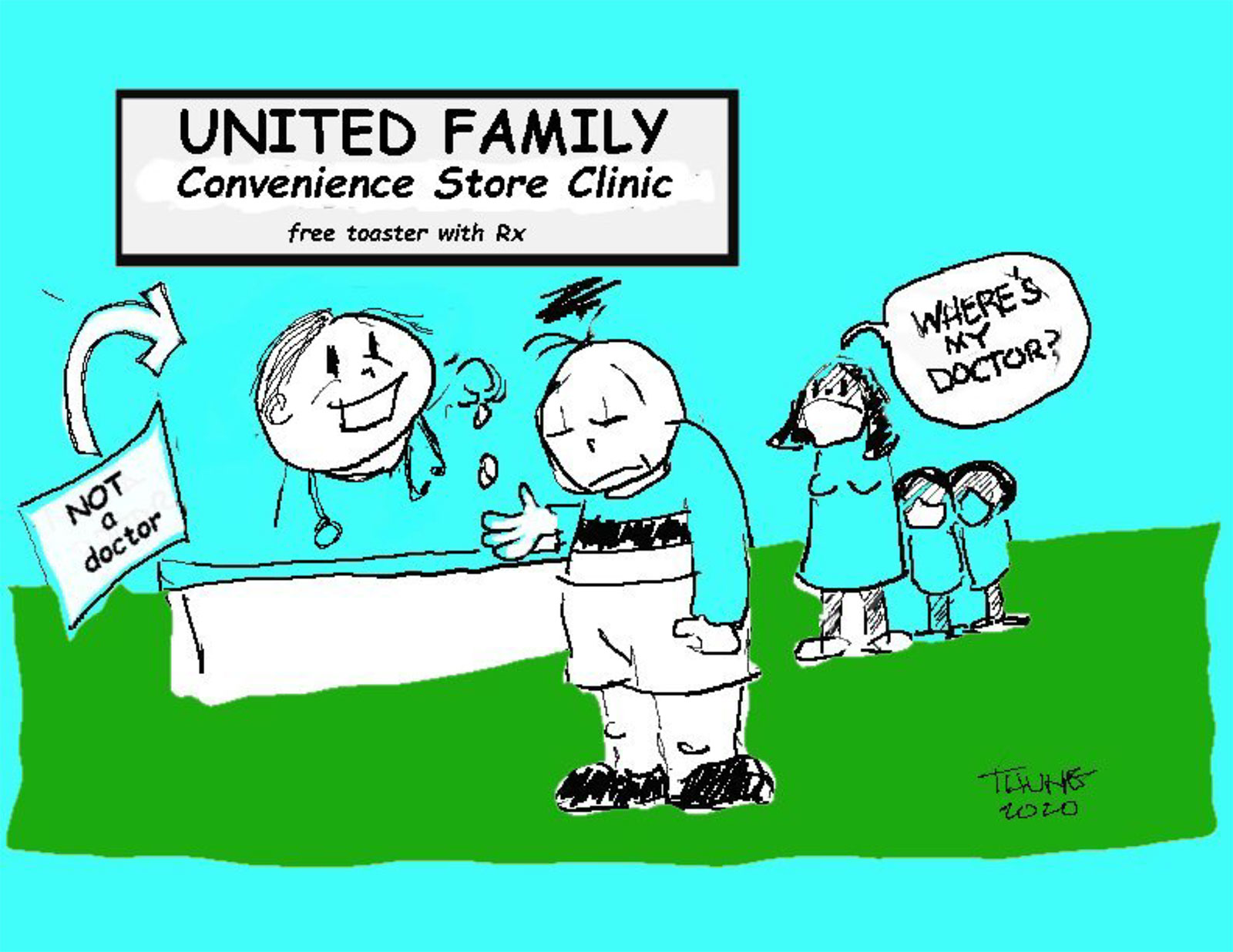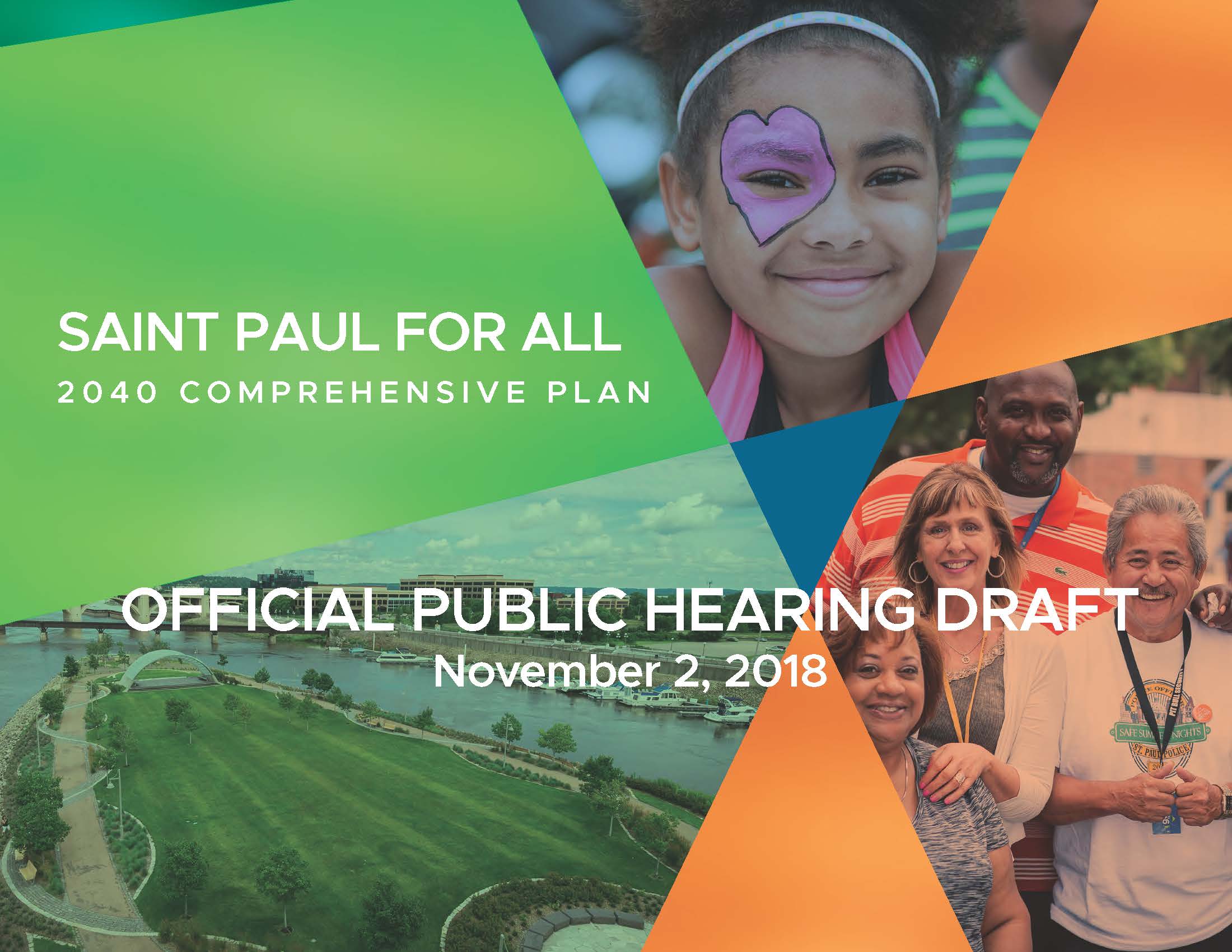West 7th students can earn free college credit, personalize their education
By Joe Nathan
West 7th students and families have terrific opportunities to earn free college credit and/or personalize their education in the next few months, thanks to many free public school options. These options can help youngsters identify and develop their gifts, talents and interests. Options also can help students develop vital basic and applied life skills.
In the next month, St Paul families and students can select their school and high school classes for the 2022-23 school year.
One of the most valuable options for high school students, starting for some in ninth grade, is earning free college credit via courses taught in high school, online or on college campuses.
Free Minnesota Post-Secondary Enrollment Option courses are available in “hands on” vocational and academic subjects. Though not as well known, starting in 10th grade, students can take free vocational courses at two-year public colleges such as St. Paul College and the Finishing Trade Institute. Eleventh and 12th graders can take free academic courses at many colleges and universities. Admission requirements vary.
Students can take PSEO courses on college campuses, or online. State law requires that high schools let students use school computers to take PSEO courses. Students must register for PSEO classes by May 30. Information here: https://education.mn.gov/mde/fam/dual/pseo/.
In addition, 10-12th graders who are proficient in any of 27 world languages can earn free credit at Minnesota State Colleges and Universities by passing tests (course-taking isn’t required). Languages include ASL, Arabic, Chinese, Dakota, German, Hmong, Karen, Ojibwe, Somali and Spanish. Information here: education.mn.gov/MDE/dse/stds/world/seals/.
Virtually every St. Paul district and charter high school offers some college-level courses – called Advanced Placement, International Baccalaureate or Concurrent Enrollment/College in Schools. College credit for AP and IB is based mostly or entirely on a student’s final exam score. College credit for other courses depends on a student’s work throughout the term. Minnesota’s Office of Higher Education explains dual credit college/university acceptance policies here: bit.ly/3sfZIcT.
Minnesota requires every student, working with their family and educators, to develop a post high school plan: bit.ly/3sobi5P. More personalized education builds on students’ interests and talents. That helps increase student motivation to learn, as St Paul author Ted Kolderie, explains: bit.ly/3hc7lKR.
Minnesota has developed numerous opportunities for personalized learning over the last 30+ years. These opportunities are found within school districts as well as chartered, private, home and online schools. Their availability gives options for thousands of students to learn to their potential while also being a resource for traditional learning. Expansion of personalized learning will benefit our increasingly diverse student population while also improving traditional learning for all. School leaders and policy makers should make its growth a priority.
St Paul Public Schools (spps.org/choosespps) offers many valuable options such as language immersion, Montessori, online, project-based learning and others, with a current magnet/alternative enrollment of more than 10,000 students of the 34,000+ enrolled.
West 7th families also have free charter public school options, including Cyber Village Academy, Nova, St. Paul School of Northern Lights, Upper Mississippi Academy, Urban Academy and others. A map showing charters is here: bit.ly/3BPAzca.
Fortunately, West 7th area families have more and more opportunities for a free, public, personalized education.
Joe Nathan has been a St Paul Public School educator, parent and PTA president. He directs the Center for School Change, based in St Paul. Questions/reactions welcome: joe@centerforschoolchange.org



